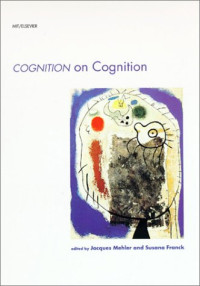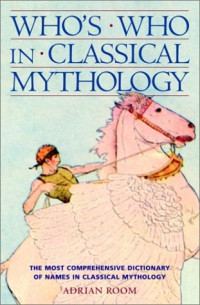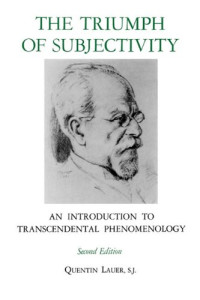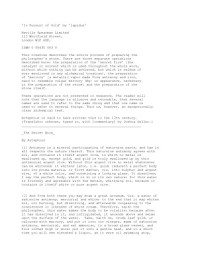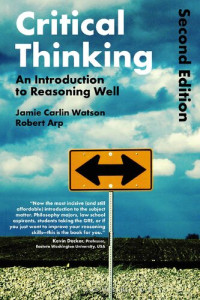
Scenario Visualization: An Evolutionary Account of Creative Problem Solving
Robert Arp
In order to solve problems, humans are able to synthesize apparently unrelated concepts, take advantage of serendipitous opportunities, hypothesize, invent, and engage in other similarly abstract and creative activities, primarily through the use of their visual systems. In Scenario Visualization, Robert Arp offers an evolutionary account of the unique human ability to solve nonroutine vision-related problems. He argues that by the close of the Pleistocene epoch, humans evolved a conscious creative problem-solving capacity, which he terms scenario visualization, that enabled them to outlive other hominid species and populate the planet. Arp shows that the evidence for scenario visualization—by which images are selected, integrated, and then transformed and projected into visual scenarios—can be found in the kinds of complex tools our hominid ancestors invented in order to survive in the ever-changing environments of the Pleistocene world. Arp also argues that this conscious capacity shares an analogous affinity with neurobiological processes of selectivity and integration in the visual system, and that similar processes can be found in the activities of organisms in general. The evolution of these processes, he writes, helps account for the modern-day conscious ability of humans to use visual information to solve nonroutine problems creatively in their environments. Arp's account of scenario visualization and its emergence in evolutionary history suggests an answer to two basic questions asked by philosophers and biologists concerning human nature: why we are unique; and how we got that way.
年:
2008
出版:
illustrated edition
出版社:
The MIT Press
语言:
english
页:
209
ISBN 10:
0262012448
ISBN 13:
9780262012447
系列:
Bradford Books
文件:
PDF, 1.59 MB
IPFS:
,
english, 2008
 Amazon
Amazon  Barnes & Noble
Barnes & Noble  Bookshop.org
Bookshop.org  转换文件
转换文件 更多搜索结果
更多搜索结果 其他特权
其他特权 









